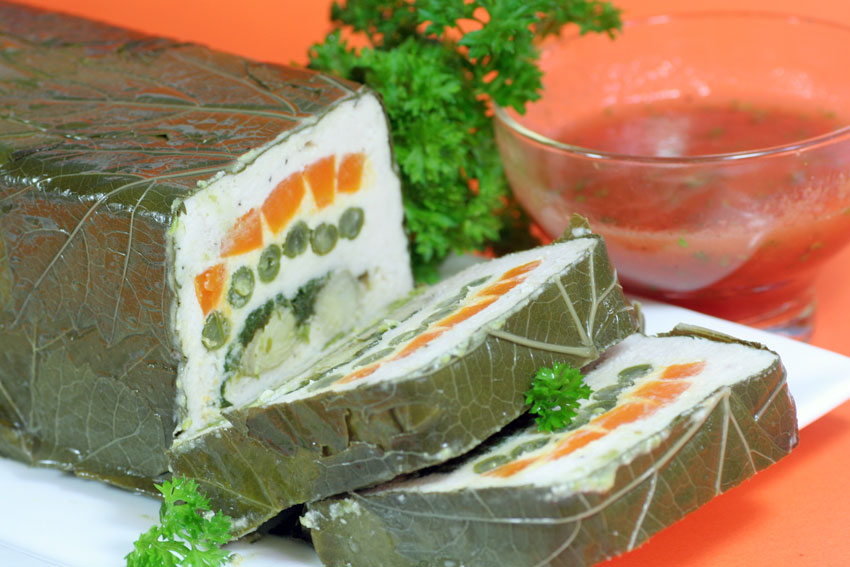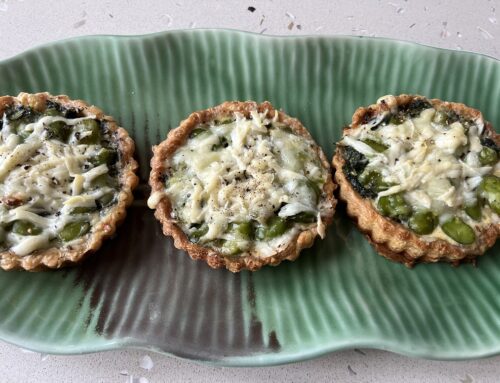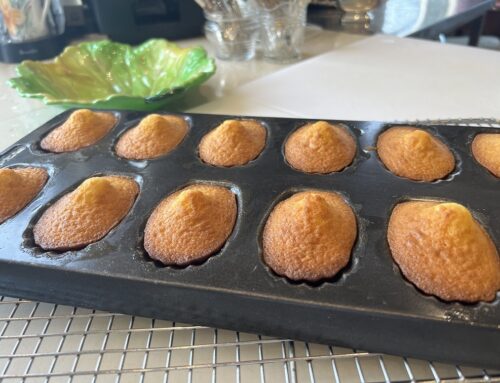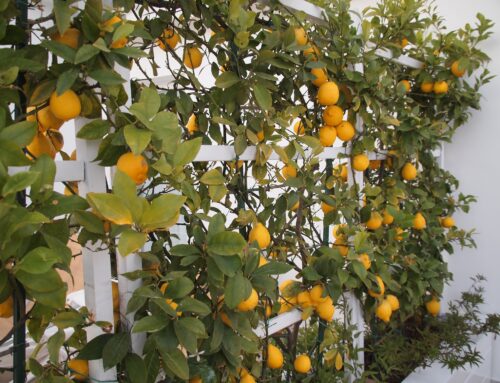Terrine, takes its name from the French terre, for earth, after the earthenware vessel in which it was traditionally baked. A terrine is a loaf based on meat, fish or vegetables that have been cut into small pieces, or finely minced into forcemeat, similar to what we know as pâté. Terrines may be savoury or sweet, with dessert terrines including fruit, nuts, chocolate, cream and cheese.
The beauty of terrines is in the flavour combinations, the colours and stunning effect when sliced and served, the added bonus that they are made the day before they are required. They are great for entertaining, providing one course pre-prepared well before your guests arrive. Depending on their ingredients, they may be served as an appetizer, an entrée, a luncheon dish, a main course, or as dessert; they are most flexible.
Vegetable terrines either have the vegetables set in a mousseline, in aspic or they are puréed. You may change the vegetables according to the season.
You will need a 1.5 litre terrine, a pâté mould or bread tin.
Ingredients
Vegetables:
8 carrots, small even shaped
20 green beans
200g peas
1 bunch spinach
1 tsp heaped gelatine
2 tsp cold water
S & P
2 – 3 tbsp cream – with 35% milk fat for the pea purée
425g jar artichoke bottoms
The mousseline:
800g chicken fillets without skin
1 large egg
2 egg whites
200ml peanut oil
Salt & Pepper
To line the mould:
Vine leaves or spinach
Method
Vegetables:
Cook the carrots, beans and peas separately in boiling salted water. Refresh. Cook spinach, refresh in cold water and squeeze out all excess water. If using spinach line your mould, leave a bunch floating in the water. If using vine leaves, rinse them in cold water.
Mousseline:
In a food processor, reduce the chopped chicken fillets to a purée. Add egg and egg whites, still blending, then add the oil in a stream down the funnel. S & P to taste. To check the seasoning, roll a teaspoon of the mixture into a small ball and drop it into a pan with a film of oil and cook for a minute or two. Taste.
Assembly of the terrine: Line the terrine with the vine leaves, saving 2 -3 for the top. Use a paper or plastic clip to keep them in place as they are pulled a little when filling the terrine with the mousseline. Form a thin layer ½ cm of mousseline over the vine leaves and up the sides also. Press a layer of carrots lengthwise into the mousseline, filling in any gaps with extra mousseline. Add a layer of beans, aligned carefully, add more mousseline. Form the spinach into patches like wads and arrange those on the mousseline.
Make the pea purée in the food processor; add the dissolved gelatine, (which has been softened in 3 t water, and shaken in the bowl over heat until it melts) add 2-3T of cream, S & P. Chop the artichoke bottoms into 3 or 4 pieces and push into the pea purée. Finish with a fine layer of mousseline. Fold over the sides of the vine leaves, adding extra ones to cover the top of the terrine.
To bake the terrine: Cover with a layer of baking paper and foil or a lid to prevent drying. Cook in a bain-marie of boiling water (water bath) for 40 minutes at 180°C. When the terrine is cooked, pour out any liquid, cool and refrigerate until next day. Lightly weight it down, by placing a weight on the top.
To serve:
Slice the terrine carefully, with an electric knife, and place the slice on a bed of rocket or watercress. Sauce with some tomato coulis, or a herbed mayonnaise or eggplant relish.






